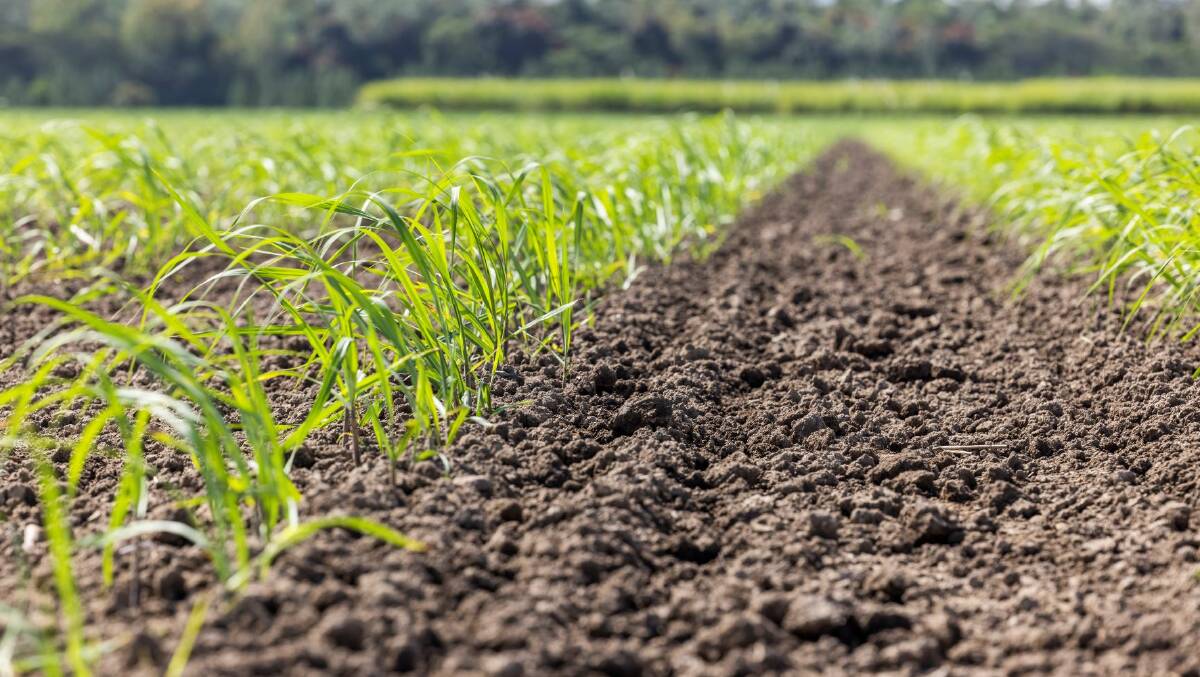Using enhanced efficiency fertilisers to effectively manage nitrogen loss

This is branded content for Incitec Pivot Fertilisers.
With a forecast early wet season, sugarcane growers should consider the important role of enhanced efficiency fertilisers (EEFs) to manage nitrogen (N) efficiently and reduce loss.
That's the view of Incitec Pivot Fertilisers (IPF) Tropical Systems Agronomist Rob Dwyer who says growers upgrading to include an EEF in their nutrient management plans should see a boost in N availability and potential for increased productivity.
"EEFs are widely used by growers to maximise nutrients in their soil, protect against N losses and give cane crops greater potential for higher yields when the season allows," Mr Dwyer said.
"Independently, EEFs manage three of the four main N loss pathways including run-off, leaching, and denitrification.
"On their own, EEFs do not protect N from the fourth loss pathway, volatilisation, so effective incorporation into the soil is essential."
Mr Dwyer said best practice in cane soils involves applying the fertiliser into the soil with at least 10 cm of compacted soil cover.
"A spiked wheel applicator such as StoolZippa® has been useful in helping cane growers to ensure adequate compacted cover over their fertiliser bands, reducing the potential for volatilisation losses, therefore managing all four potential loss pathways," he said.
EEFs are applied in ratoon cane using stool-splitters or double disc openers, in the centre of the hill or side dressed either side of the plant row into the hill.

EEFs can also be applied in plant cane where a significant amount of N is needed and there is a risk of leaching, denitrification or run-off.
IPF EEF eNpower® contains the nitrification inhibiter DMP and works simply by slowing down the conversion of ammonium-N to nitrate-N, which is more prone to loss. Ammonium is the stabilised and more efficient form of N. The efficiency mechanism is in the form of more ammonium, for longer.
Mr Dwyer said every season is unique, so how long an EEF is active in the soil is likely to be slightly different each time it is used.
"The soil will have different chemical, physical, oxygen and microbial compositions," he said.
"As a guide, eNpower will continue to be active for longer in dry soils prior to significant rainfall events. Under these conditions, it has persisted for ten weeks and even out to more than 12 weeks.
"In wetter conditions and in warmer soils, it can last for six to eight weeks before the stabilising effect of eNpower wears off. However, the protection offered during this time is valuable given that this period is likely to involve both rapid crop growth and significant potential for losses."
Growers interested in upgrading to an EEF as part of their nutrient management solutions should visit www.smartfertilisers.com.au to find more about eNpower and the wider range of IPF smart fertilisers.
This is branded content for Incitec Pivot Fertilisers.


